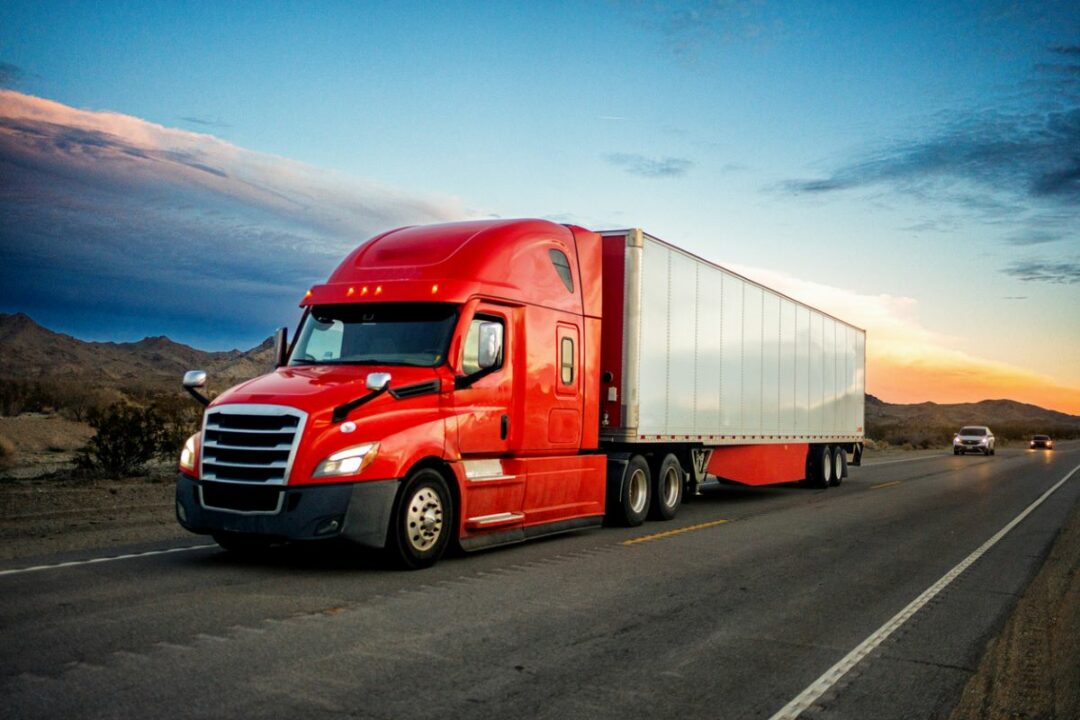
Visit Our Sponsors |
|
|
|
|
|
|
|
|
|
|
|
|
|
|
|
|
|
|
|
|
|
|
|
|
|
|
|
|
|
|
|
|
|
|
|
|
|
|

Photo: iStock/grandriver
 Analyst Insight: When it comes to freight shipping, it’s important to choose the appropriate transportation mode and vehicle based on factors such as speed, safety, efficiency and sustainability. By aligning transportation methods with shipment requirements, companies can reduce emissions, optimize costs, and improve overall supply chain performance.
Analyst Insight: When it comes to freight shipping, it’s important to choose the appropriate transportation mode and vehicle based on factors such as speed, safety, efficiency and sustainability. By aligning transportation methods with shipment requirements, companies can reduce emissions, optimize costs, and improve overall supply chain performance.
When choosing the best shipping method, speed and reliability are often the first considerations. But now, there’s a third, increasingly important factor to consider: sustainability. “Right-sizing” in shipping is about more than just determining the right package size; it’s about optimizing all aspects of freight, to improve efficiency and minimize environmental impact.
Factors to take into account when addressing fleet energy and fuel consumption include:
Miles per gallon. A semi-truck runs between 6 and 9 mpg, depending on freight load, while a sprinter van or cargo van averages 21 mpg.
Gallons per mile. This term is less commonly used, but is useful in that it doesn’t exaggerate efficiency benefits. For example, a 20 mpg vehicle traveling over 10,000 miles saves 500 gallons when compared to a 10 mpg truck. However, although 40 mpg is “twice” as efficient as a 20 mpg car, a 40 mpg vehicle only saves an extra 250 gallons over the same distance when compared with a 20 mpg vehicle. By using gallons per mile instead, we have a clear view of relative efficiency between modes of transport.
Freight-ton efficiency. This term is used in the trucking industry to assess the impact of weight on fuel efficiency. It is perhaps the most useful to us.
Right-Sizing the Vehicle
Taking a 500-mile trip as an example, a semi-truck carrying 19 tons burns about 75 gallons of diesel. A cargo van, meanwhile, averaging 21 mpg, uses only around 23.8 gallons for the same distance.
Even with lighter loads, the sheer size and weight of a semi-truck prevent it from matching a smaller vehicle’s efficiency. By tailoring vehicle choice to shipment requirements, right-sizing optimizes performance, reduces emissions, and ensures a smarter, more sustainable supply chain.
LTL vs. STL
Less-than-truckload shipments offer efficiency by consolidating smaller shipments, reducing overall costs. However, this approach often involves additional mileage, as your package may travel through multiple destinations.
For high-value or time-sensitive shipments, LTL might not be the best option. As these shipments are typically loaded and unloaded at various transition points, there’s an increased risk of delays or damage. Additionally, the need to combine different shipments into a full load can result in longer transit times, which might not meet tight delivery windows.
A more sustainable solution for small, high-value, or time-sensitive loads is small truckload (STL). With STL, shipments are delivered directly without consolidation, ensuring faster, more reliable transport while minimizing environmental impact. By ensuring direct, no-consolidation delivery, STL eliminates the delays and risks of LTL, offering a more environmentally friendly option for modern supply chains. When sustainability is a priority, right-sizing your shipping methods can deliver significant benefits for both your business and the planet.
RELATED CONTENT
RELATED VIDEOS
Timely, incisive articles delivered directly to your inbox.






